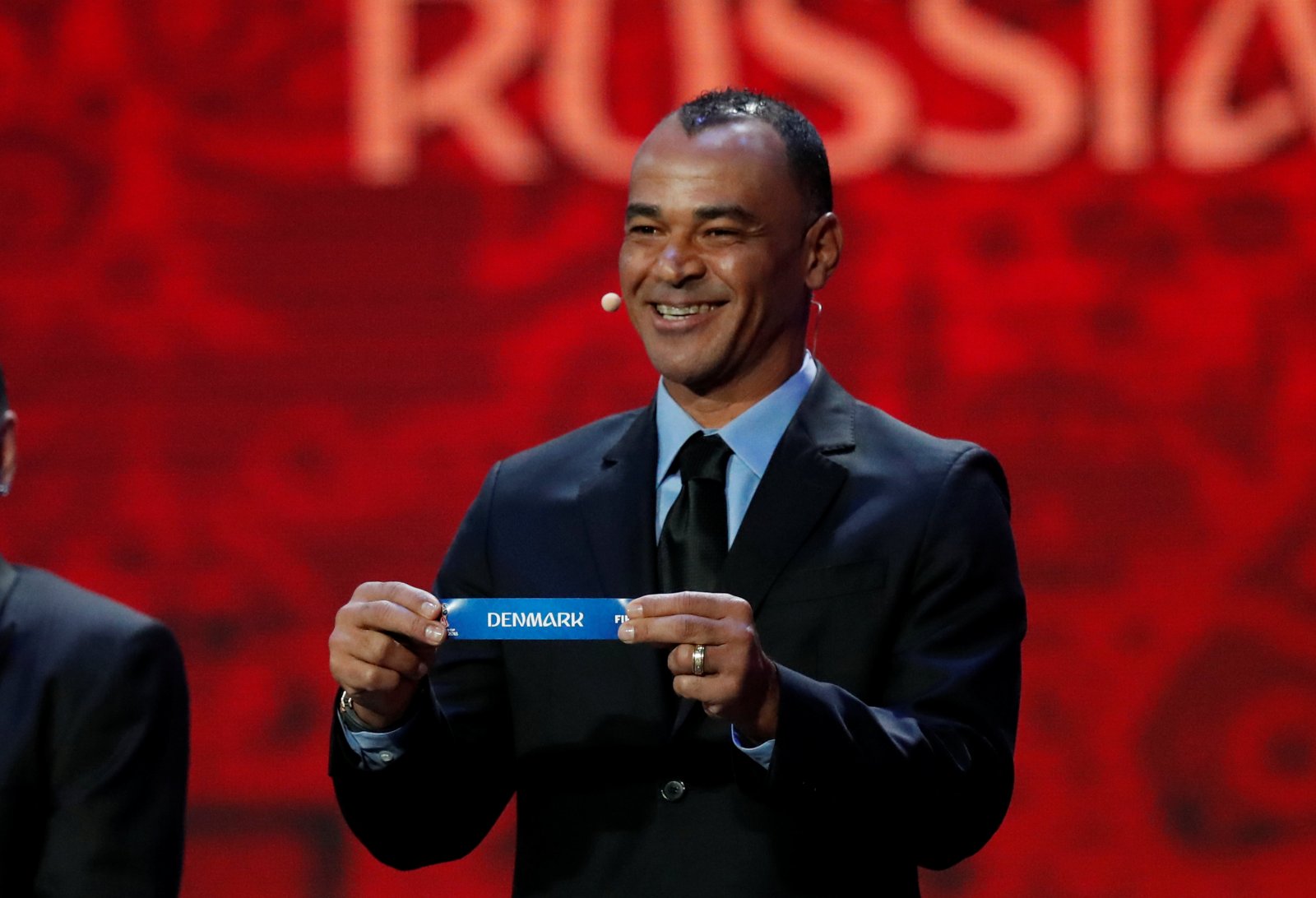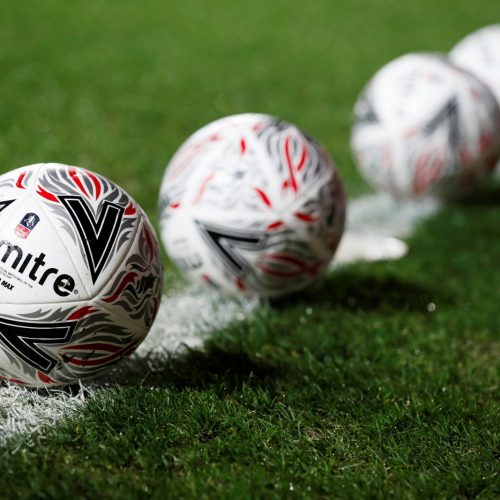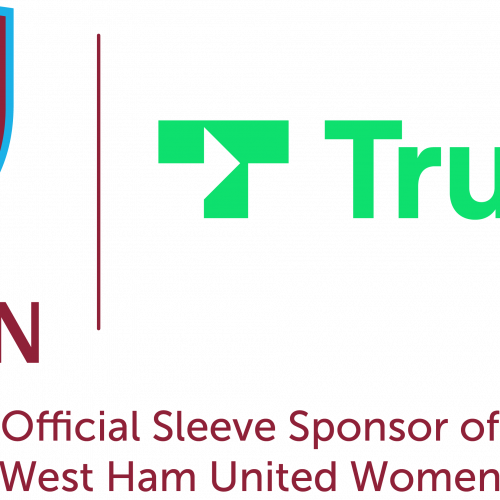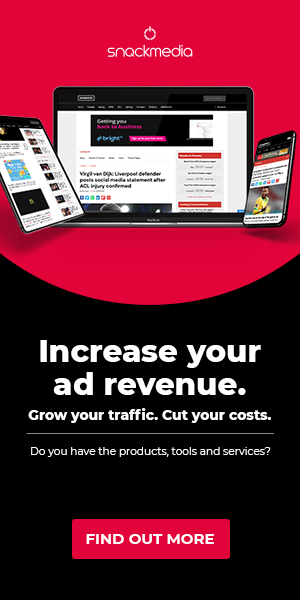How the Danish Football Association is channeling Strava to engage with grassroots
Over the last few decades, most sports may not have changed too much in their fundamental makeup. Football, for example, still sees 22 players take to the field in two equal teams who attempt to beat each other at a game whose basic rules haven’t changed a whole lot from their inception in the Victorian era.
And yet, despite this, organised sport has come a long way from its beginnings. These days, football – particularly at the top level – often seems to be less about mass participation and more about mass consumption. From the days where the sport was there for all to play, it’s gradually becoming one which is mostly there for all to watch.
If football’s gap between those who watch and those who play is already marked and seemingly growing bigger every day, it’s coming at a time when fitness and general sporting participation is visible in even greater numbers than before. But it’s other sports like running and cycling which are often seeing the biggest boost in that participation, with apps and social networks playing a big role in a community of mass participants all over the world.
And yet, football is still the biggest sport around, and not every organisation within it is the Premier League or La Liga, whose main role is to grow their leagues to become the biggest in the world. When it comes to the future of world football, the powers-that-be should really be less interested in making inroads into places like Asia or North America if it means adding more spectators but few participants. But for the governing bodies in specific countries, though their job involves keeping spectator interest high, they also have to think about participation, too.
At the close of 2017, the Danish Football Association (the DBU) interacted with each of the amateur footballers in Denmark, across all of the divisions in the country, through the new-fangled medium of email at the end of the amateur season. With the help of sports marketing agency Two Circles, the governing body’s season in numbers campaign consisted of a personalised email for each player, giving them stats on their team’s performance during the campaign such as their longest winning run, their win percentage rate and how many of their goals came from inside the box.
To go along with that, players were also presented with even quirkier stats like the result of a game they might have had on their birthday or how many players with their first name have scored more goals than them this year. An example is used throughout this article, though the sample email is only roughly translated from the original Danish!
Throughout the season, the DBU interacts with its amateur players in a similar way, and it’s this engagement which seems to be a novel way in which a football governing body is using its ability to interact with participants across an entire country in order to make participation in the sport an even more attractive prospect than ever before.
“We have built the capability to store, package and communicate player performance data in a way that is both valuable and entertaining to players and helps the DBU achieve its objectives,” Jesper Søegaard, CRM Manager, DBU, told Digital Sport.
Email might seem like a strange medium to use in order to try something new. It’s often seen as the poor relation of the digital media landscape, where social media networks and apps are the more up-to-date approach. And yet, it’s also an incredibly powerful tool, allowing the DBU to reach most of its players and provide them with something personalised on a medium which already feels quite one-to-one.
Though the organisation doesn’t quite reach all of the amateur players in the country, ensuring that those who aren’t on the system are involved is a key objective for 2018. But already, there’s been a positive impact: a survey of those players who had received the end-of-season email campaign showed that eight out of ten players found the communications emails had improved their footballing experience.
That’s hardly surprising. As well as the personal touch, the emails are driven by an insight and understanding around the attitudes that football fans show generally and what engages them as supporters as well as players. In the end, this is a piece of marketing communication which uses amateur players’ love of football to drive engagement, and it realises that those who give up their weekends to participate are doing so out of a pure love of the game.
“As the governing body for all levels of football in Denmark, we are fully aware that our responsibilities lie not only in supporting our elite teams, but everyday footballers too,” says Søegaard. “The large numbers of men and women who turn out week-in, week-out for their local teams across the country are a huge part of the DBU’s audience.”
“We’re keen to have a strong relationship with the players, keeping them engaged and listening to them about their relationship with football, so Player Performance Communications have been the perfect opportunity for us to build a more intimate relationship with footballers across the country. Not only will this help with participation, but from a commercial standpoint it will open up opportunities for our partners to reach new and diverse audiences through digital channels.”
This sort of marketing is vital to sponsors, to whom a large and engaged audience which is both measurable and personally reachable is incredibly attractive. That side is important and can’t be ignored, but in terms of growing and sustaining the participation of amateur teams each week, which is also an exciting prospect.
How many weeks across a season are teams depleted because players decide not to bother or make other plans that weekend? How many games are called off because of that? And how many players are put off by it, or indeed the demoralisation that comes from losing a game because their team couldn’t field its best players?
But if the same sense of engagement and community feel were promoted around football in the same way that sports like running and cycling have managed through apps such as Strava – which styles itself as a social network for athletes of all levels and which has recently taken a similar end-of-year campaign approach to engage their audience – then will the prospect of amateur football appeal even more to those who might be interested in participating? After all, it’s harder to miss a game when you’re letting your team down, and there’s a weekly or yearly email measuring your statistics.
“We have been delighted with the levels of engagement from last year’s campaigns and positive feedback received to date,” says Søegaard. “A recent survey of participants in the first phase has shown that our Player Performance Communications have had a highly positive impact on our audience’s football experience and that they want to receive more from us in 2018.”
“In 2018 we’re excited about communicating more statistics to more players and through additional digital channels, and building closer relationships with more footballers across Denmark.”
About author
You might also like
Leeds United become first football club to sell official jerseys on TikTok
Leeds United is the first football club in the world to partner with TikTok to sell official merchandise and replica jerseys. Coinciding with the release of the new rhapsody purple,
Lewes FC Appoints Sue Anstiss To Its Board Of Directors
The Lewes FC Board is delighted to announce that it has co-opted Sue Anstiss as a Lewes FC Director. Sue has been a driving force for equality in sport for
Trustly extends partnership to become West Ham United Women’s Sleeve Partner
West Ham United is pleased to announce that Trustly has enhanced its relationship with the Club by becoming the Women’s Sleeve Partner. Trustly, the leading global account-to-account payments platform, became











